Miconazole Pet Shampoo is a medicated pet shampoo formulated with the antifungal agent miconazole nitrate (typically 2%) to treat common fungal infections in pets, such as yeast dermatitis and ringworm. This specialized shampoo often contains soothing ingredients like oatmeal and aloe to calm irritated skin. In the United States and internationally (Canada, Mexico, Europe), pet owners and veterinarians use Miconazole pet shampoos to combat fungal skin issues in dogs, cats, and even small animals. Key benefits include reducing itching, eliminating odor, and healing flaky, scaly patches caused by fungi. Miconazole Pet Shampoo is dye-free and fragrance-free, making it gentle on sensitive skin miconazole pet shampoo.
- Miconazole shampoo offers soothing relief of symptoms of fungal infections
- Effectively aids in eliminating the scaling that is a by-product of seborrhea
- 2 Percent colloidal oatmeal locks in needed moisture while providing soothing relief
The Davis Miconazole Pet Shampoo (12 oz) is one of the most popular brands. It contains 2% Miconazole Nitrate and 2% Colloidal Oatmeal. It “helps battle fungal conditions associated with yeast and ringworm” while moisturizing the skin. According to the manufacturer, this shampoo “relieves symptoms of fungal infections (including those associated with yeast and ringworm), while soothing damaged skin”. The colloidal oatmeal locks in moisture and provides soothing relief, and the formula is free of dyes and fragrances. Importantly, Davis Miconazole Shampoo is safe for dogs, cats, puppies and kittens making it a versatile choice for multi-pet households.
What is Miconazole Pet Shampoo?
Miconazole Pet Shampoo is a medicated antifungal shampoo formulated for pets. Its active ingredient, miconazole nitrate (usually 1–2%), works by disrupting fungal cell membranes, effectively killing yeast and dermatophyte (ringworm) fungi on the skin. These shampoos often include additional soothing ingredients (oatmeal, aloe vera) and are pH-balanced for animal skin. Unlike regular grooming shampoos, medicated miconazole formulas are used under veterinary guidance to treat specific conditions. Many products are ready-to-use (no dilution needed) and are applied directly to the wet coat. Because fungal infections can be persistent, pets often need to stay bathed with the shampoo for several minutes per application (usually 5–10 minutes) and treated multiple times per week until cleared.
Medicated miconazole shampoos are commonly recommended by veterinarians for skin problems involving yeast (Malassezia) overgrowth or dermatophyte infections (such as Microsporum ringworm). These conditions frequently cause symptoms like itching, redness, greasy or flaky skin, and unpleasant odor. Miconazole shampoos help reduce scaling, relieve itching, and eliminate the source of infection. They do not replace systemic treatments entirely but are an important part of therapy. As one vet source explains, “for yeast, you want an antifungal like miconazole,” and a miconazole shampoo can help “eliminate the infection and reduce skin scaling” miconazole pet shampoo.
Why Use Miconazole Shampoo for Pets?
- Targets Fungal Infections: Miconazole directly kills or inhibits common pet fungi. This makes it effective against yeast dermatitis (often in ears, paws, skin folds) and ringworm in dogs and cats. Many spasms or “hot spots” with yeast involvement clear faster with this shampoo.
- Soothes and Moisturizes: Beyond antifungal action, formulas often include ingredients like colloidal oatmeal and aloe vera. These soothe irritated skin and lock in moisture. For example, Davis’s formula includes oatmeal to provide “soothing relief” during healing.
- Safe and Multifunctional: Quality brands are tested safe for both dogs and cats. They are usually free of harsh additives (dyes, perfumes) to avoid additional irritation. Some formulas even list use on multiple species (dogs, cats, puppies, kittens). As a broad-spectrum option, Miconazole shampoos help reduce flaky seborrhea (scaly coat) and lessen pet dander.
- Treats Co-existing Infections: When combined with antibacterial agents, Miconazole becomes even more powerful. Many skin infections have both yeast and bacteria components. Dual-action shampoos (see next section) handle both at once miconazole pet shampoo.
Veterinary experts emphasize that while bathing with an antifungal shampoo is helpful, it should be part of a complete treatment plan (often including oral medications for severe cases). Still, regular medicated baths can prevent recurrence: fungi “love warm, moist environments,” so routine baths with a gentle shampoo help keep infections at bay miconazole pet shampoo.
Active Ingredients: Miconazole and Beyond
- Miconazole Nitrate (2%): The primary antifungal agent in these shampoos. It disrupts fungal cell membranes. 2% concentration is standard in veterinary formulas.
- Colloidal Oatmeal (2%): A common soothing additive in Davis products. It helps lock in moisture and calm itchiness.
- Aloe Vera: Often included for its cooling, healing properties; found in Davis’s ingredient list.
- Chlorhexidine (2%): An antibacterial antiseptic used in combination formulas (see below). It kills bacteria (and some fungi) on contact. Chlorhexidine + miconazole covers a wide range of skin pathogens.
- Other Soothing/Support Ingredients: Look for alcohol-free cleansers and conditioners (e.g. TrizEDTA, ceramides). For example, MiconaHex+Triz shampoo contains barrier-repairing ceramides along with the active drugs aiding skin recovery miconazole pet shampoo.
These medicated shampoos typically exclude harsh soaps or irritants. They may use gentle surfactants (coconut derivatives, betaines) to clean without stripping oils excessively. The pH is balanced for animal skin miconazole pet shampoo.
Top Miconazole Pet Shampoos (USA, Canada, Mexico, Europe)
Veterinary dermatologists and pet owners favor certain brands based on efficacy and availability. The Davis line is U.S.-based and widely distributed. PetHex (PetCare) is a dual-action imported product. Other brands like MiconaHex+Triz or Veterinary Formula offer similar ingredients. Below are featured choices:
- Davis Miconazole Pet Shampoo (2% Miconazole, 2% Oatmeal) – A leading product in the U.S. market. Used by groomers and vets, it “relieves symptoms of fungal infections” (yeast and ringworm) and eliminates seborrhea scaling. It contains 2% colloidal oatmeal for moisture. This dye-free, fragrance-free formula is safe for dogs and cats. On Amazon, a 12-oz bottle goes for around $16–$17. What we like: Highly effective for yeast issues, made in USA, and suitable for multiple species miconazole pet shampoo
- Davis MicoHexidine Shampoo (2% Miconazole + 2% Chlorhexidine) – A “dual action” formula. This broad-spectrum shampoo combines miconazole with 2% chlorhexidine gluconate. Veterinarians recommend it for severe cases involving both fungi and bacteria (e.g. ringworm with secondary infection). It “improves conditions associated with ringworm, yeast and Malassezia dermatitis”. It’s pH-balanced, fragrance-free, and addresses symptoms like irritated skin, greasiness, hair loss and odor. Safe for use on dogs, puppies, cats, and kittens. Good for deep infections or hot spots.
- PetCare PetHex Shampoo (2% Miconazole + 2% Chlorhexidine) – An international product (often from India). Similar to Davis MicoHex, PetHex is a dual-action antibacterial & antifungal shampoo. It uses 2% miconazole nitrate and 2% chlorhexidine gluconate. PetHex is indicated for “comprehensive treatment of bacterial and fungal skin infections in dogs and cats”. It effectively treats staph skin infections, yeast overgrowth (Malassezia), ringworm (Microsporum spp.), and mixed infections. Usage instructions involve lathering and leaving on for 10 minutes. In India, a 200 ml bottle retails for about ₹480 (~$6) in the USA an imported 8 oz bottle often costs around $15–$20. PetHex is safe for cats as well as dogs making it a versatile option in households with both species miconazole pet shampoo.
- MiconaHex+Triz (2% Miconazole + 2% Chlorhexidine + Ceramides) – A premium veterinary shampoo (also found on Amazon). Like Davis MicoHex, it combines 2% miconazole and chlorhexidine. Its unique feature is added barrier-repair ceramides and skin conditioners. The manufacturer notes it “supports barrier repair” while treating fungal and bacterial conditions. This extra skin-nourishing formulation can be ideal for pets with very damaged coats. Use it 1–4 times weekly under vet guidance.
- Other Options: There are also shampoos with ketoconazole (another antifungal) or sulfur/salicylic acid for similar infections. But focusing on miconazole products, the above are top picks. Always choose a veterinary formula, as human medicated shampoos may not have the correct ingredients or pH.
How to Use Miconazole Pet Shampoo (Step-by-Step)
- Preparation: Brush out mats first. Wet your pet’s coat thoroughly with lukewarm water. Pets tolerate miconazole shampoos better at comfortable temperatures.
- Apply Shampoo: Massage a generous amount of shampoo into the coat, working from the head (avoid eyes and ears) all the way to the tail and paws. For short-haired pets, 1–2 tablespoons may suffice; long-haired may need more.
- Contact Time: Leave the shampoo on the skin for at least 5–10 minutes. Many products instruct to let it soak in for 10 minutes to ensure the miconazole has time to kill the fungi. You can gently stroke or massage during this period to keep the coat wet.
- Rinse Thoroughly: After contact time, rinse completely with clean water. Any residue left behind is not needed, so flush well. Towel or air-dry the pet.
- Frequency: Typically, repeat baths 2–3 times per week until the infection clears. For example, Davis’s directions suggest “Repeat twice weekly until symptoms subside, then weekly, or as directed by a veterinarian”. Do not bathe more often than recommended, as overbathing can dry the skin miconazole pet shampoo.
Important: Prevent your pet from licking the shampooed areas before rinsing, to avoid ingestion. Avoid getting shampoo in eyes. Use only as directed by a vet, since overtreatment can disrupt skin flora. Between medicated baths, use regular gentle shampoo.
Conditions Treated by Miconazole Shampoos
- Yeast Infections (Malassezia dermatitis): Common in floppy-eared dogs or cats, on paws or skin folds. Symptoms include bad odor, itchiness, greasy yellowish crusts. Miconazole shampoos specifically target Malassezia yeast.
- Ringworm (Dermatophytosis): A contagious fungus (e.g. Microsporum canis) causing round, crusty lesions and hair loss. Bathing a pet with ringworm fungus can help reduce spore spread. Products like Davis Miconazole or MiconaHex are labeled for ringworm treatment.
- Seborrhea and Dandruff: Miconazole helps remove excessive scale from seborrhea (“dandruff”), which often coexists with yeast. Shampoos break up flakes and restore healthy skin turnover.
- Secondary Bacterial Infections: While miconazole is antifungal, inflamed or damaged skin often has bacteria. That’s why combination shampoos (with chlorhexidine) are useful. Chlorhexidine kills gram-positive and some gram-negative bacteria; miconazole kills fungi.
If your pet’s condition doesn’t improve after 2–3 weeks of consistent use, consult a veterinarian. Sometimes oral antifungals are also needed, as advised by experts miconazole pet shampoo.
Miconazole Pet Shampoo for Cats vs Dogs
Many miconazole pet shampoos are formulated for both dogs and cats. For example, Davis MicoHexidine specifically states “for dogs and cats” When using on cats, take extra care around the face and always ensure thorough rinsing (cats can lick shampoo residue). Most labels say “safe for cats,” but some cats may be more sensitive to medicated baths, so monitor them. Kitten-safe versions exist or you can dilute the shampoo slightly for small cats. In general, the same 2% miconazole strength is effective for both species.
However, always verify if a product is cat-approved. Chlorhexidine, for instance, is generally safe in dilute form for cats, but high concentrations of certain ingredients (like benzoyl peroxide) are not. The brands listed above (Davis, PetHex, MiconaHex) are intended for both cats and dogs.
For special cases like house rabbits or ferrets, some small-animal products can be used, but only under vet guidance.
Can Humans Use Miconazole Pet Shampoo?
No – Miconazole Pet Shampoos are formulated for animal skin and coat, so they are not intended for human use. People typically use different antifungal shampoos (e.g. ketoconazole shampoos like Nizoral®) or antifungal creams for ringworm or seborrheic dermatitis. The Healthline ringworm guide advises looking for shampoos with ketoconazole or selenium sulfide. Miconazole itself is a common antifungal ingredient in creams and ointments for athlete’s foot or yeast infections, but it isn’t usually in human hair shampoos. Using a pet shampoo on yourself could cause skin irritation due to differences in skin pH and ingredients. Always follow a doctor’s or pharmacist’s advice for human antifungal treatments miconazole pet shampoo
On the other hand, humans with severe fungal skin issues can use pet-safe shampoo ingredients under guidance (e.g., vets sometimes use ketoconazole shampoos off-label on pets). But generally, stick to human products for human infections.
Customer Reviews & Veterinary Feedback
Pets shampoos with miconazole generally receive positive feedback from both veterinarians and owners. For instance, one veterinary guide notes that Davis Miconazole Shampoo is “formulated with 2% miconazole nitrate” and dog owners often report clearing of their pet’s ringworm or yeast symptoms. Users on retailer websites frequently mention that it relieves itching and leaves fur soft. On Chewy and Amazon, Davis Miconazole Shampoo holds about a 4+ star rating, with comments like “Great shampoo, my dog’s yeast infection is disappearing” (reviewers note its effectiveness and ease of use). Veterinarians also recommend keeping any infection under control with these shampoos: regular bathing helps “kill fungi on the coat” and restore healthy skin.
Key positives from reviews: Dogs and cats tolerate the shampoo well, it lathers easily, and many owners see improvement after a few baths. The oatmeal/oat base formulas also earn praise for reducing dryness. Some users on forums note that the scent is mild (or “medicinal but not off-putting”). Users of dual-action products (MicoHex or PetHex) highlight the convenience of one bath treating both yeast and bacteria.
If considering a product, look at reviews on sites like Chewy.com or Vet supply websites for specific comments on your pet’s condition (e.g. “best for ringworm” or “soothes hot spots”).
Where to Buy & Pricing (USA, Canada, Mexico, Europe)
Availability: In the USA, Davis Medicated Shampoos are widely available through online retailers (Amazon, Chewy) and veterinary supply companies. In Canada, Davis products can often be ordered through Canadian vets or Amazon.ca. In Mexico and Europe, you may find Davis shampoos via international pet pharmacies or may use similar local products. PetHex is more common in Asia, Middle East, and India; in the USA it’s often found on import websites. When buying, ensure the source is reputable to get a genuine veterinary product.
Pricing: For reference, the Davis Miconazole Shampoo 12-oz bottle typically costs about $15–$20 USD (Amazon shows around $16 for a one-time purchase) Larger gallon-size refills are cost-effective if you treat multiple pets. A Davis MicoHexidine 12-oz is similar in price. PetHex shampoo (8 oz, 200ml) usually sells for about $15–$25 USD when imported; its domestic price can be higher due to shipping. A 200 ml PetHex bottle is sold in India for ₹480 (~$6) which helps estimate its value abroad.
When in Canada, expect prices in Canadian dollars (roughly $20–$25 CAD for 12 oz). In Europe, the exact product may go by different names (veterinary ketoconazole or miconazole shampoos), but if Davis is available, pricing can be €15–€25. In Mexico, similar shampoos might be found at vet clinics or online, with prices in MXN pesos (~$300–$500 MXN). Always compare brands and quantities (16 oz bottles often cost proportionally less per ounce than 8 oz bottles).
FAQs about Miconazole Pet Shampoo
- Q: Is Miconazole Pet Shampoo safe for cats and kittens?
A: Yes. Reputable brands like Davis and PetHex are formulated for both dogs and cats. They use 2% miconazole, which is safe for feline skin, and are labeled for kittens and cats. Always avoid eyes and rinse well. If your cat is very small or has open wounds, ask your vet before use. - Q: How often should I use a Miconazole shampoo?
A: Typically 1–3 times per week. A common regimen is twice weekly until the infection is under control, then reducing to once weekly as maintenance. Follow the product directions or vet advice. Over-bathing can dry the skin, so do not exceed recommendations. - Q: Can humans use Miconazole Pet Shampoo?
A: No, these shampoos are meant for animal use only. Human antifungal shampoos usually contain ketoconazole or selenium sulfide. If you have a fungal skin issue, use a product labeled for humans and follow medical advice. - Q: Where can I buy Davis Miconazole Pet Shampoo in the USA?
A: It is sold on major online retailers (Amazon.com, Chewy.com) and through pet specialty stores or veterinary clinics. Always ensure the seller is reputable. For example, on Amazon a 12-oz bottle is around $16. - Q: What is PetHex and how much does it cost in the USA?
A: PetHex is a veterinary shampoo (2% Miconazole + 2% Chlorhexidine) used for antifungal and antibacterial treatment. In India a 200 ml bottle costs about ₹480 (≈$6 USD), but in the USA, due to import fees, expect to pay around $15–$20 USD for a similar size. Availability in the USA is more limited, often via online international pet stores. - Q: Are there any side effects or precautions?
A: Side effects are rare but may include temporary irritation or dryness if left on too long. Do not let pets ingest the shampoo. Avoid contact with eyes. Use only as directed. If severe irritation occurs, rinse off immediately and consult your vet. Because it’s medicated, this shampoo should only be used on affected areas, not as a daily routine wash. - Q: How does Miconazole shampoo differ from other medicated shampoos?
A: Miconazole targets fungal organisms (yeast, dermatophytes). Other medicated shampoos may use ingredients like ketoconazole, chlorhexidine (bacterial), sulfur/salicylic acid (antiseborrheic), or pyrethrins (antiflea). Miconazole shampoos may also be combined with chlorhexidine for dual action. Choose based on your pet’s specific condition (vet’s advice).
- Miconazole shampoo offers soothing relief of symptoms of fungal infections
- Effectively aids in eliminating the scaling that is a by-product of seborrhea
- 2 Percent colloidal oatmeal locks in needed moisture while providing soothing relief
Conclusion
Miconazole Pet Shampoo is a key tool for treating fungal skin infections in pets across the USA, Canada, Mexico, and Europe. By killing yeast and ringworm fungi while soothing skin, these shampoos help restore healthy coats and relieve discomfort. Top products like Davis Miconazole Shampoo and Davis MicoHexidine (for both fungi and bacteria) are widely trusted by veterinarians. For multi-pet households or persisting infections, dual-action options like PetHex offer comprehensive protection. Remember to follow application instructions carefully (wet, apply, soak, rinse) and maintain regular use until symptoms resolve. Always consult your veterinarian if in doubt or if the condition worsens.
If your dog or cat is itching or has red, scaly patches, consider discussing Miconazole Pet Shampoo with your vet. Proper medicated bathing can make a big difference in your pet’s comfort and health. Share this guide with other pet owners facing similar skin issues and leave a comment below with your experience or questions!
Sources: Authoritative pet care and veterinary product information

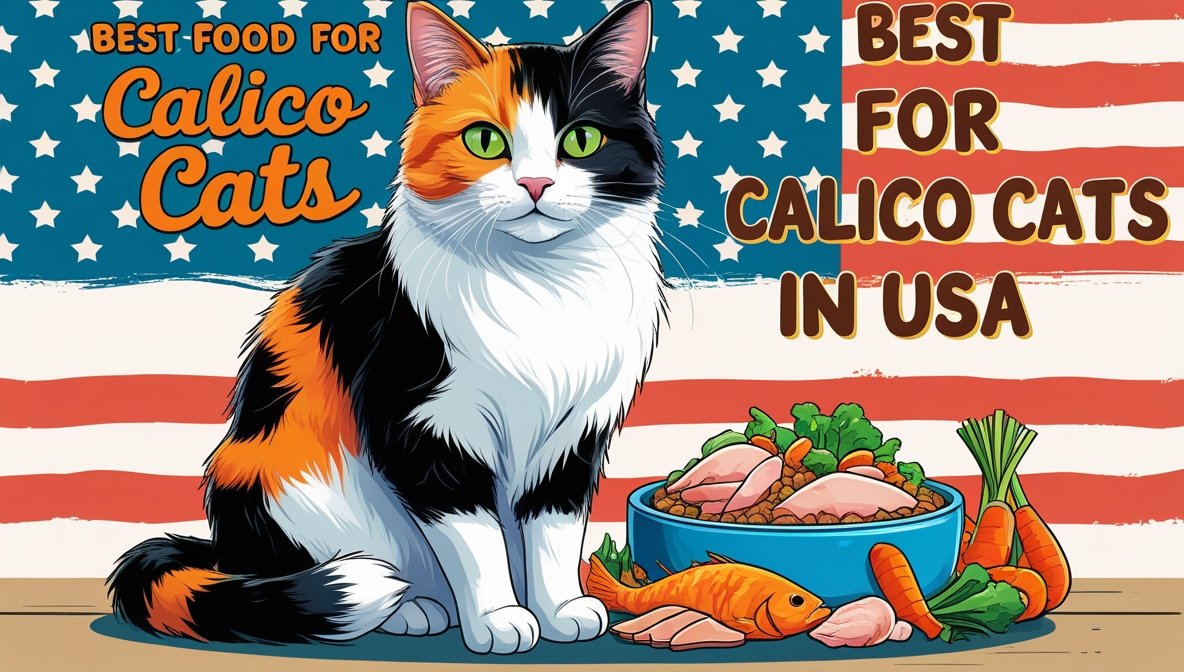
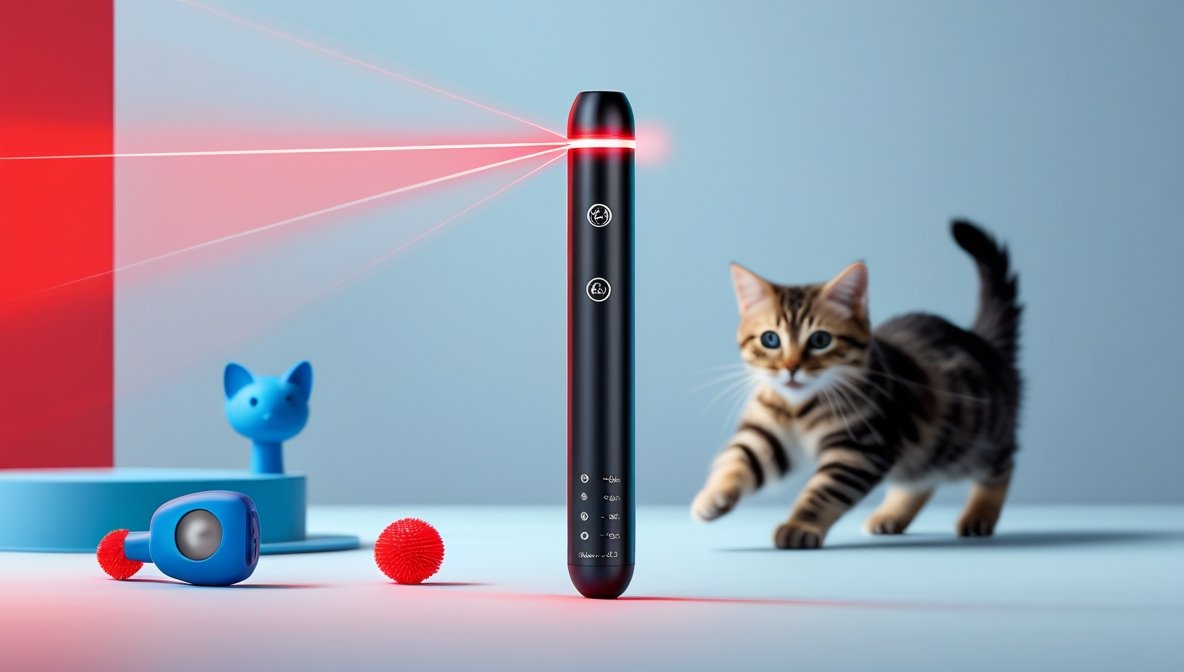
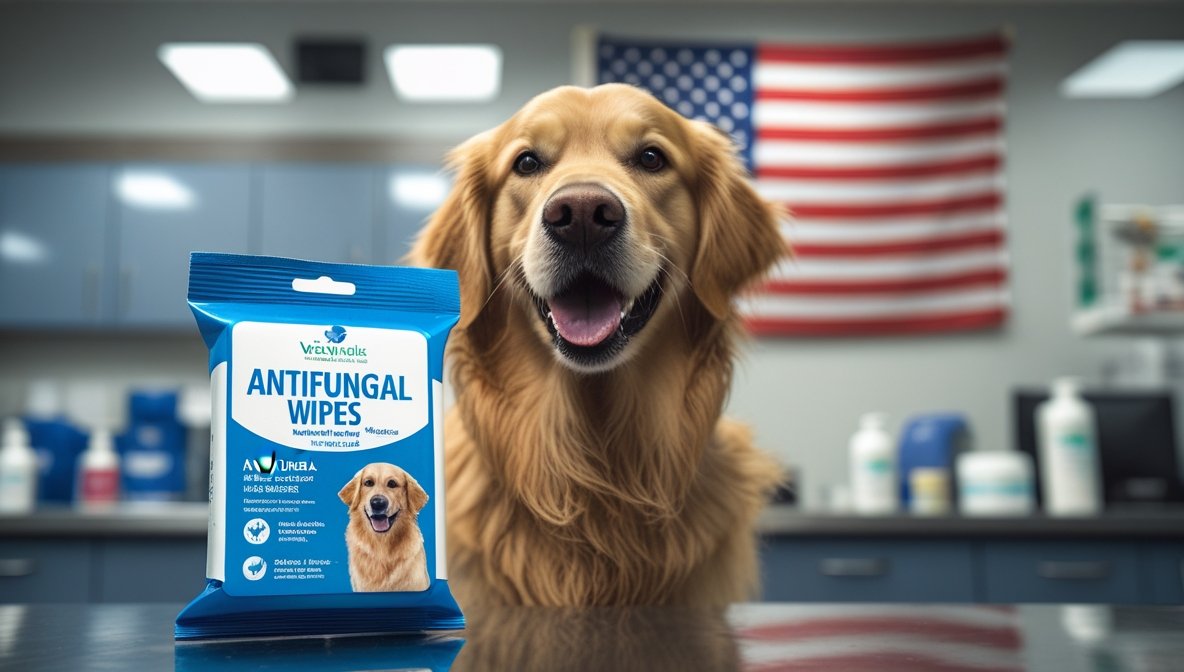
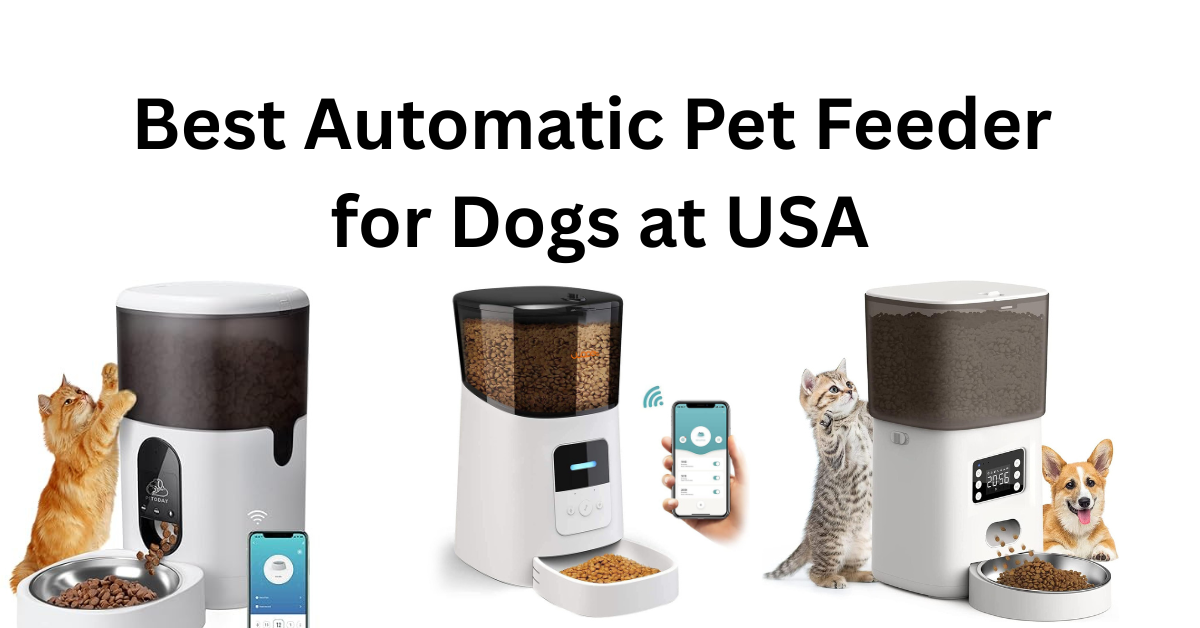

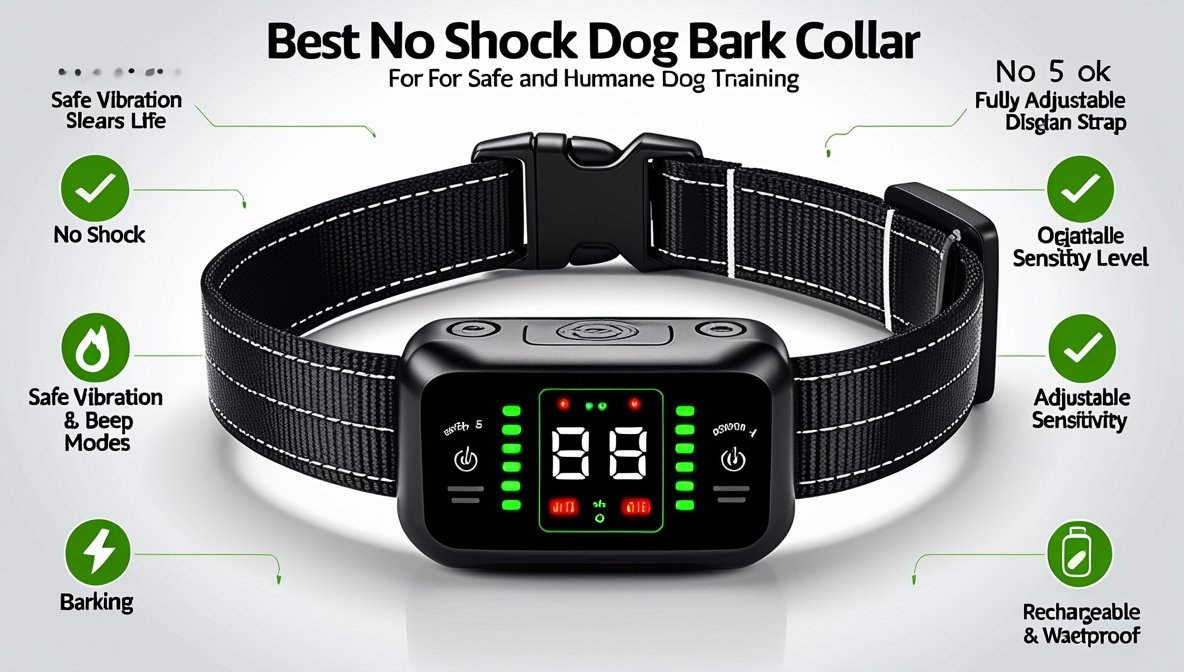
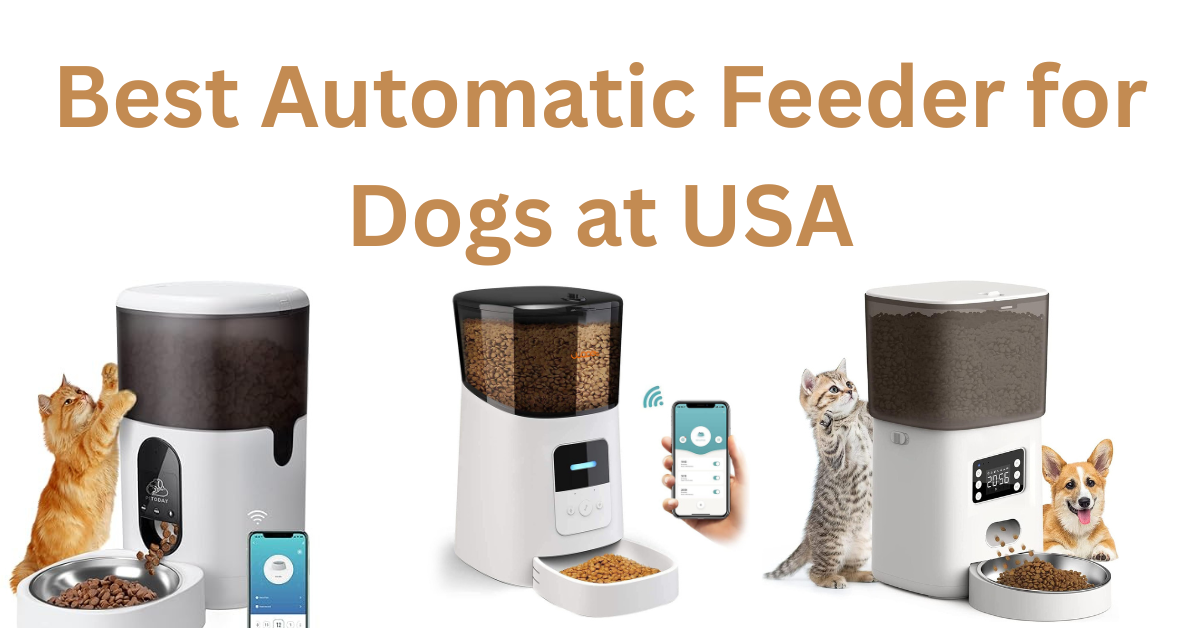
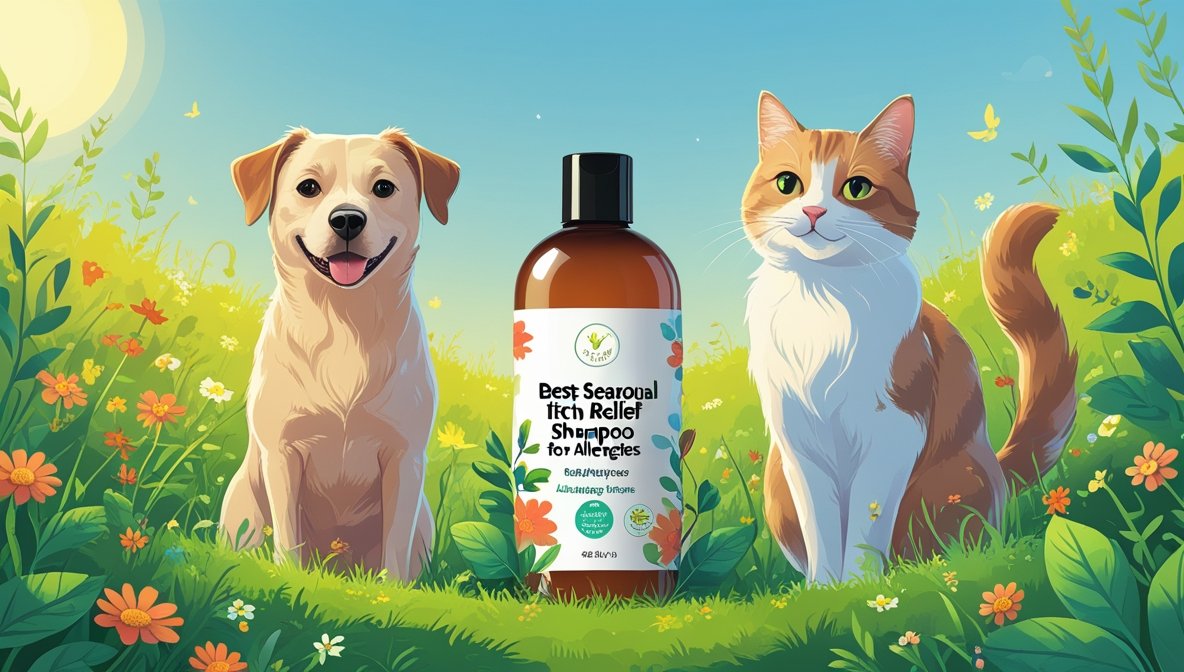






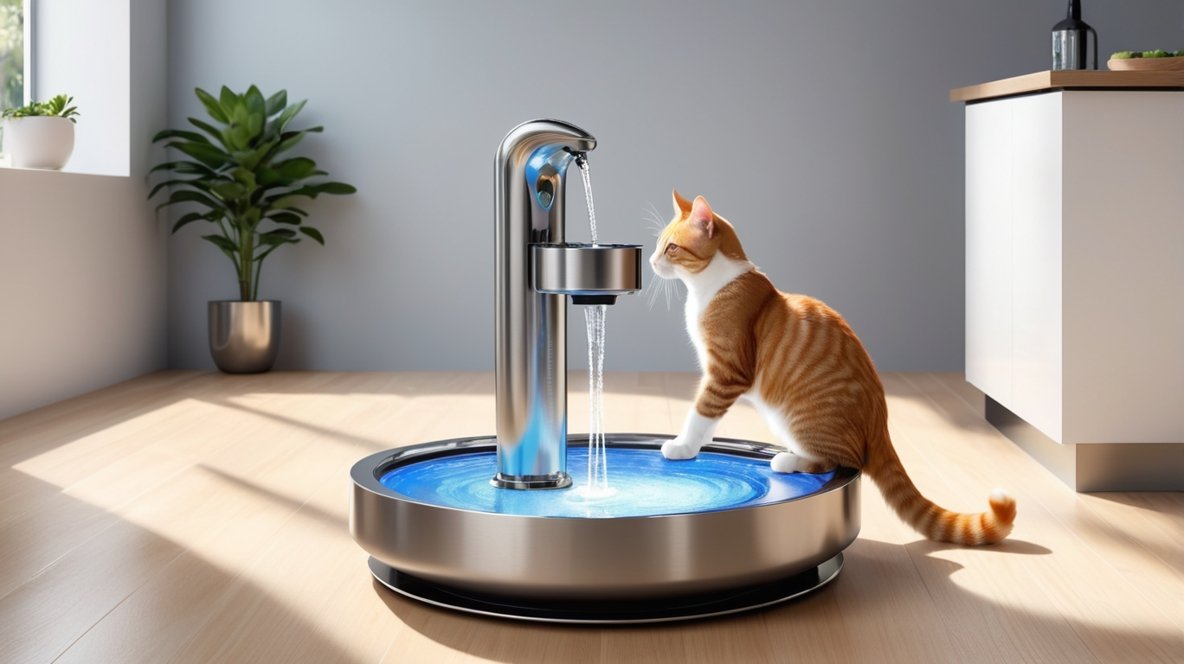
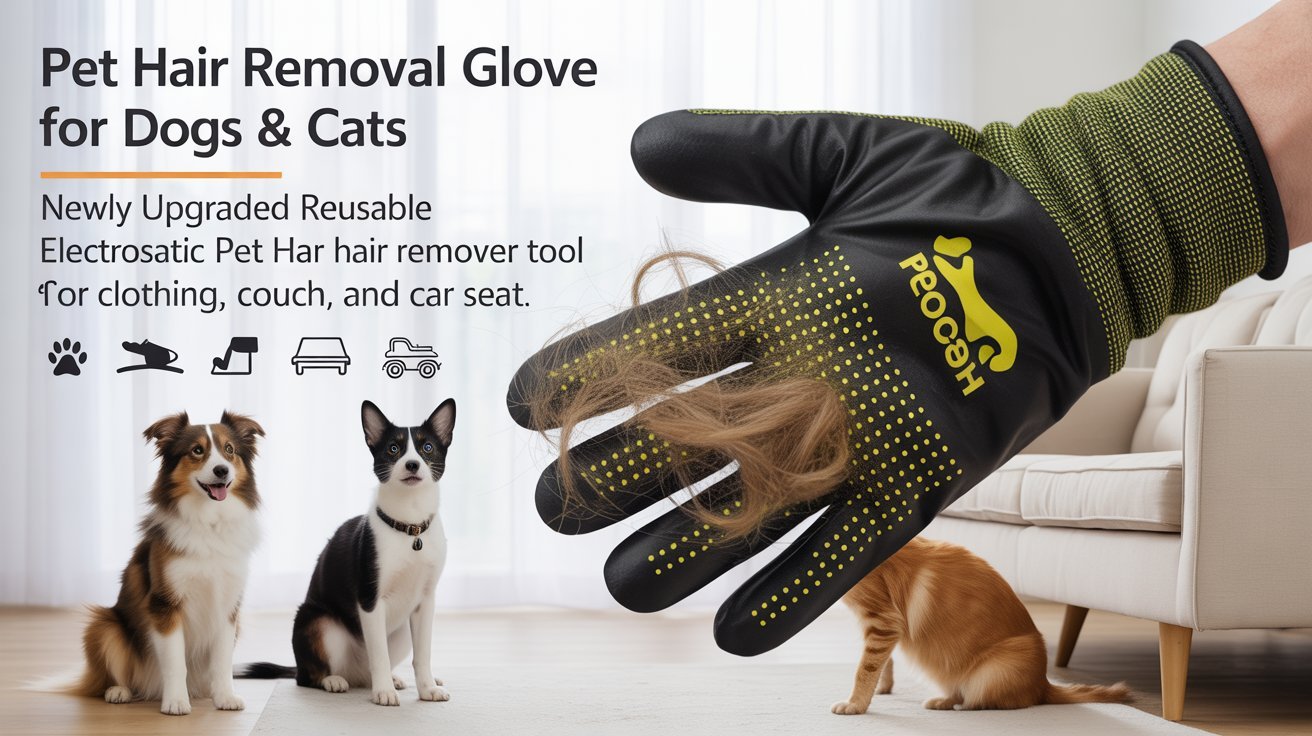
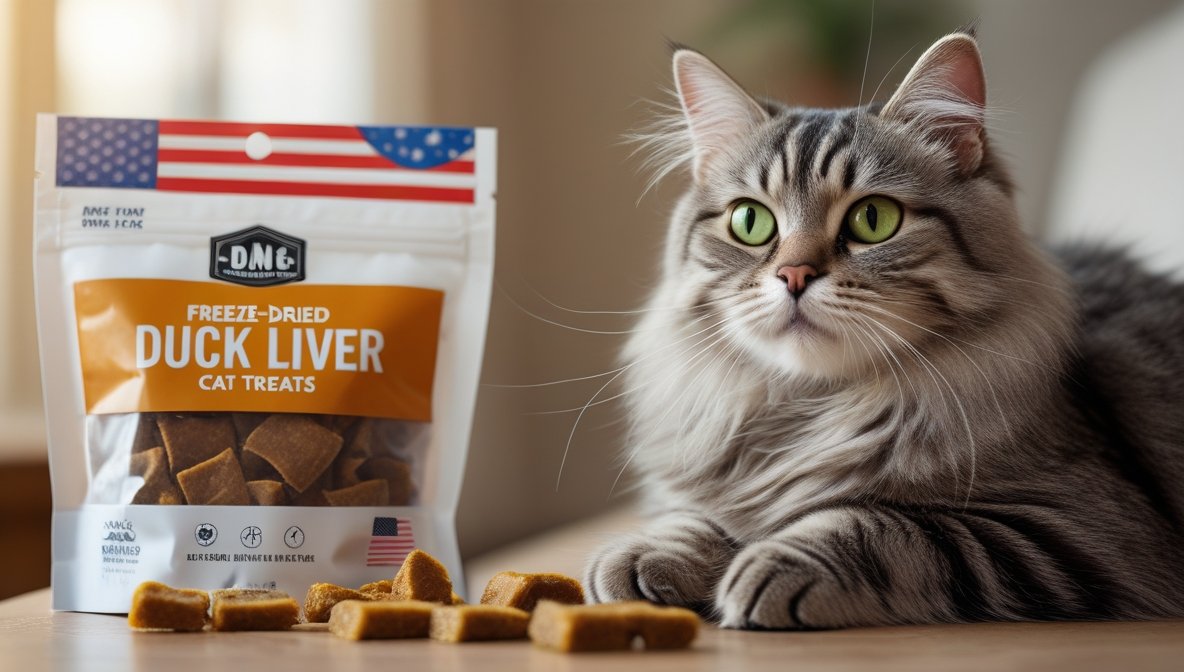
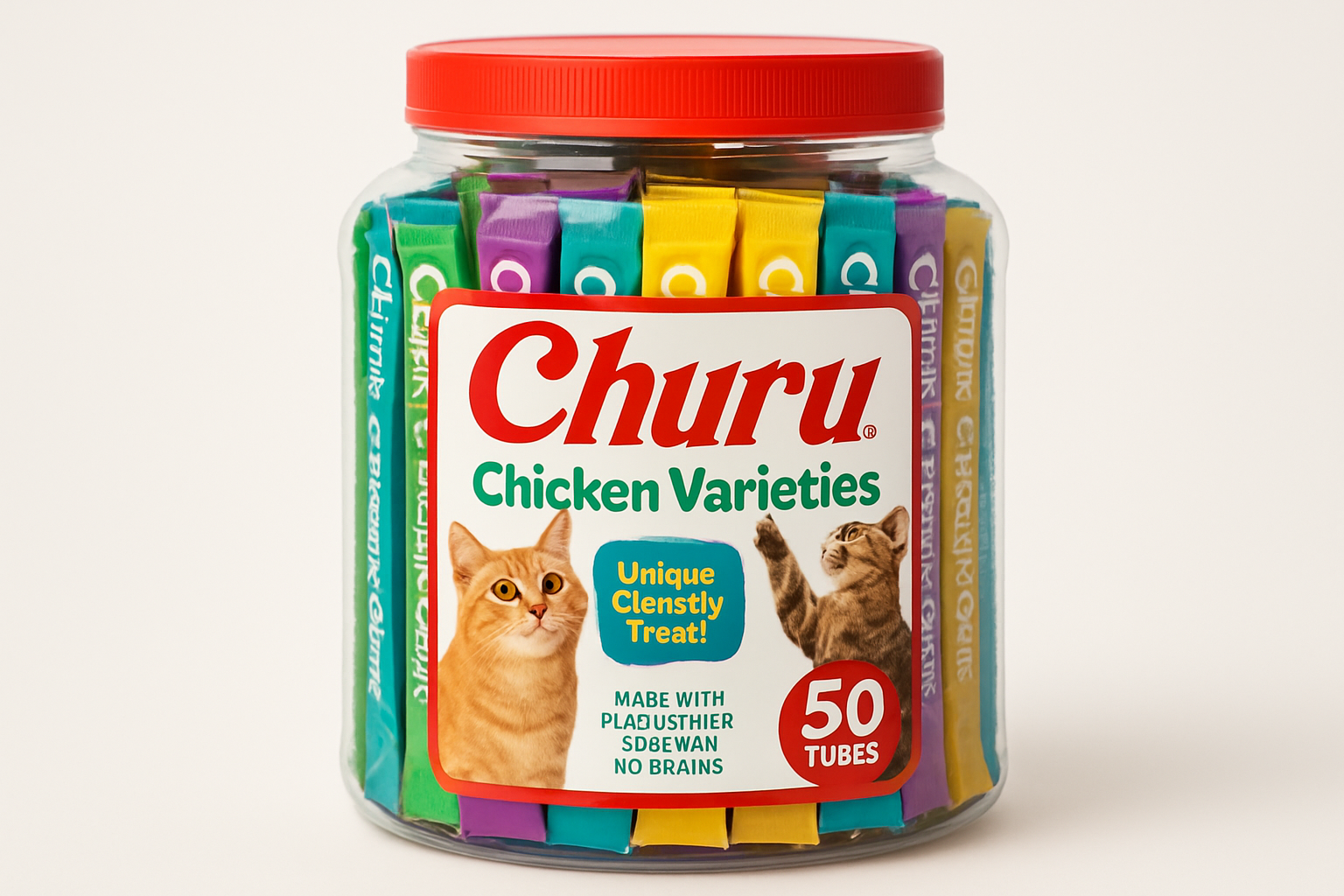
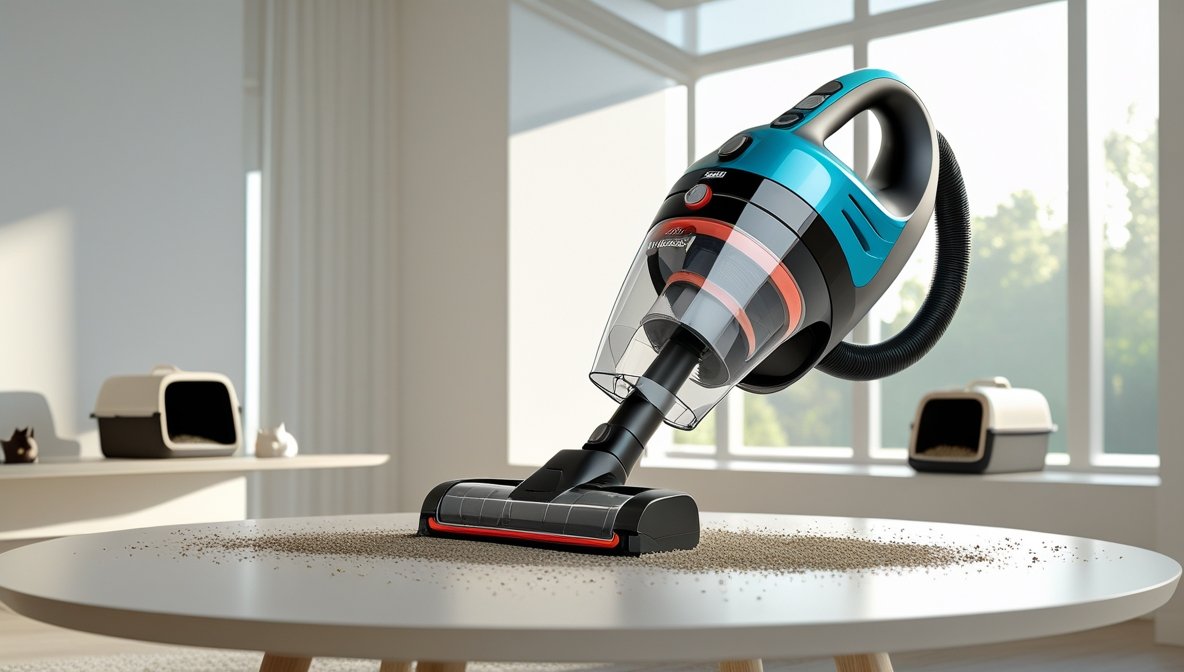

Comment on “Miconazole Pet Shampoo: Best Antifungal Shampoos in USA, Canada & Europe”